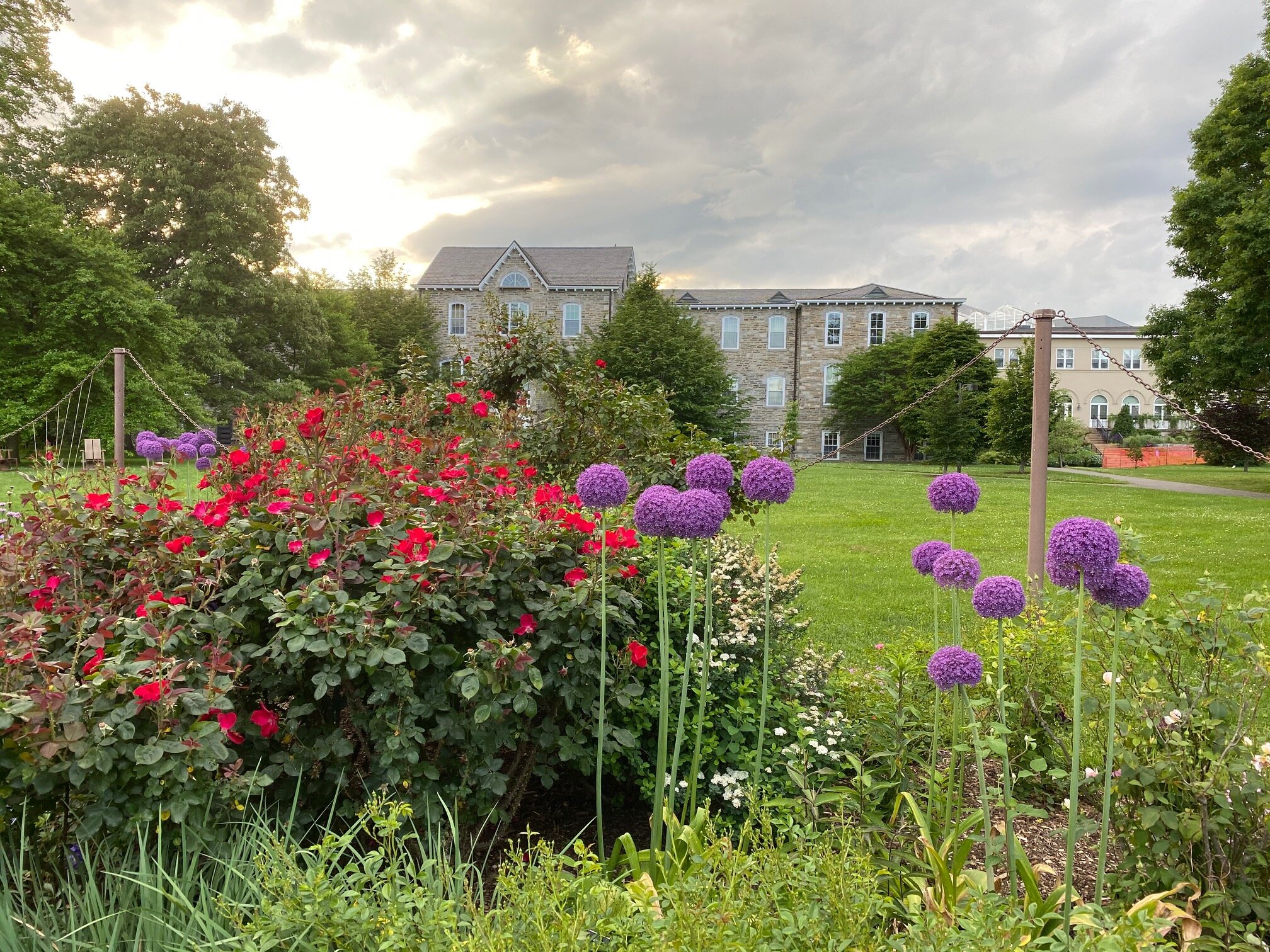Something to Watch: Shirkers
I’m currently enrolled in a course at Swarthmore College called Documentary: Art of the Real. Each week, we study one or two different documentaries, ranging from 1930s black-and-white propaganda shorts to Animal Planet-style nature films. One night, I was drowning in schoolwork, and the final thing on my to-do list for the evening was to watch that week’s assigned documentary, Shirkers. My eyelids were droopy from staring at my computer screen. My brain felt like mush. I’ll just start it tonight and get through as much as I can, I told myself, already thinking of bed.
Shirkers was not what I was expecting when I sleepily pressed play. The film begins with bursts of color. Bright magentas and lush greens frame a grainy image of a girl lying in the grass. She looks up at the sky with a wistful expression as the voiceover tells us we’re looking at a young Sandi Tan, the documentary’s writer and director. “When I was 18, a long time ago, now,” she says, “I had the idea that you found freedom by building worlds in your head.” Suddenly, I was awake again, drawn in by the mystery of Tan’s statement and the hypnotizing visuals onscreen.
What follows this opening is Tan’s story of nostalgia and reclamation. As teenagers in Singapore in 1992, she and her friends began to shoot an edgy road movie. But their dreams were dashed when Tan’s artistic mentor inexplicably disappeared, taking all their footage with him. Shirkers charts Tan’s attempt to track down her lost film, and also poignantly looks back on her lost adolescence. Its intimate, expressive tone — rare for the documentary genre — makes Shirkers both thrilling and touching, the kind of movie to keep you up.
The film is currently available on Netflix.
Madelon Basil is a junior at Swarthmore College majoring in English. She is interning at The Swarthmorean this spring with funding from the college’s Lang Center for Civic and Social Responsibility.



